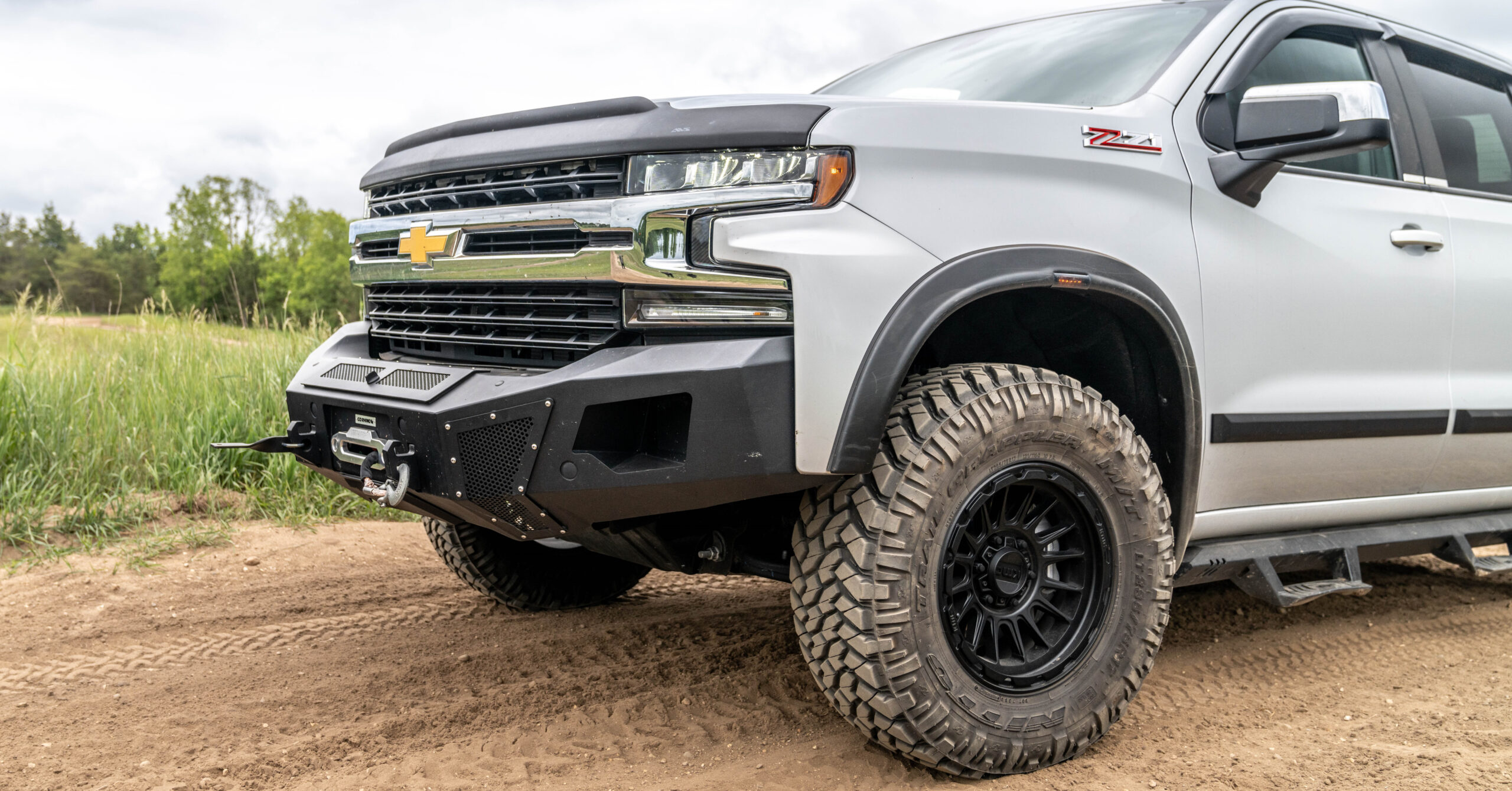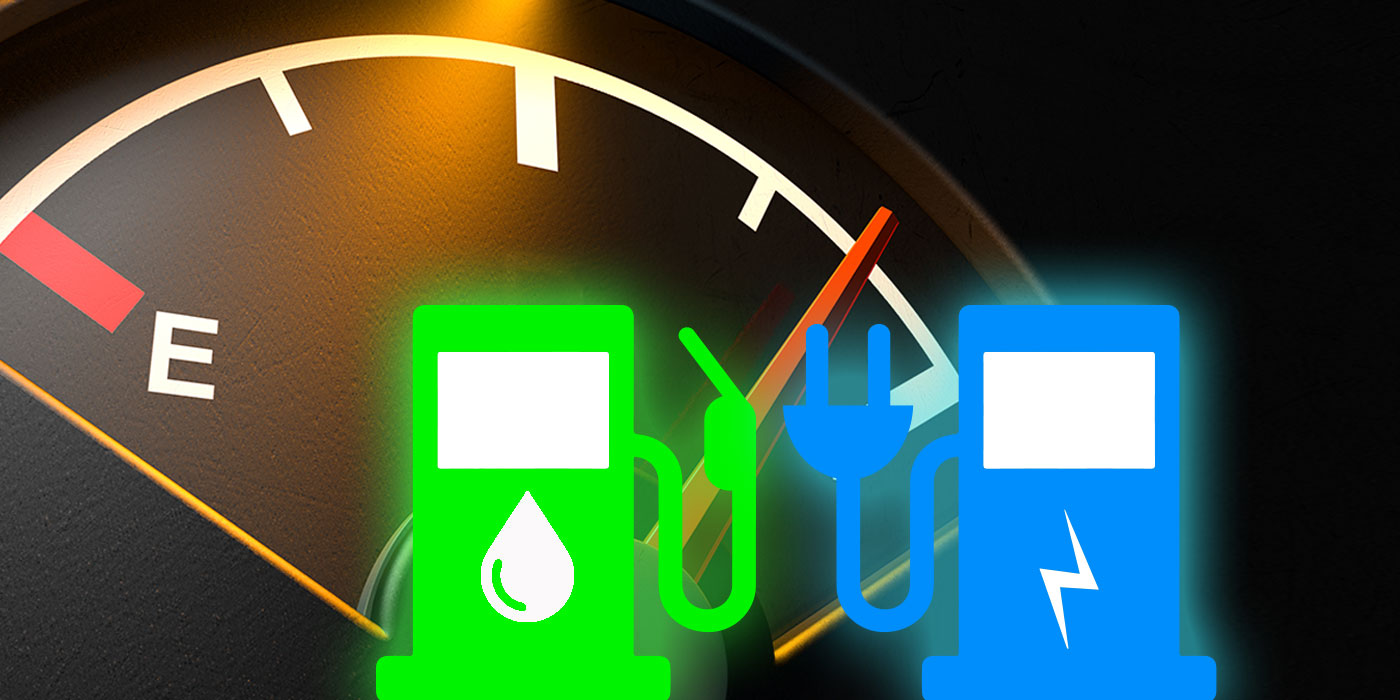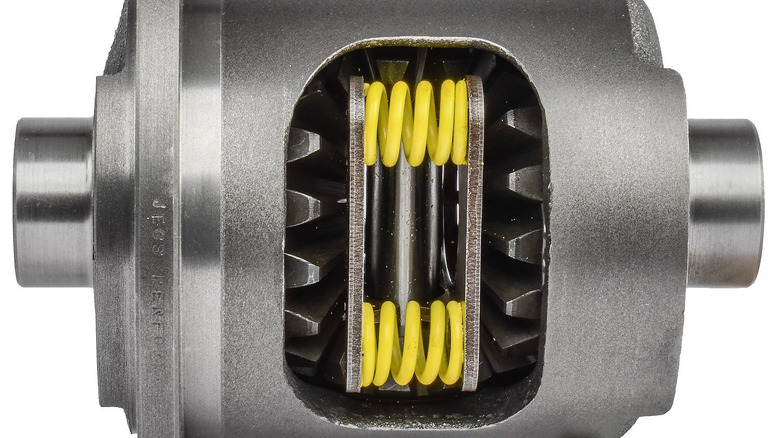Dreaming of filling those wheel wells? But is bigger always better? Larger wheels have become a staple in truck customization, with many owners swapping out their stock wheels for something bigger and bolder. But while they undoubtedly transform the look of a vehicle, there’s more to consider than just style. Do larger wheels enhance performance, or do they come with trade-offs? Let’s dive into the pros and cons of running larger wheels on your truck.
Pros of Larger Wheels
Enhanced Aesthetics
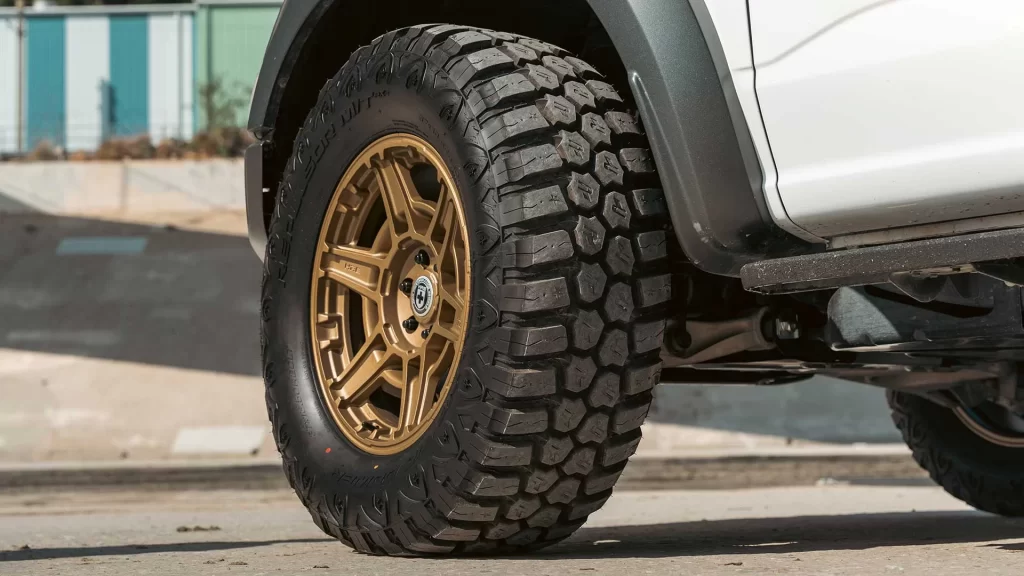
One of the most immediate benefits of larger wheels is their visual appeal. Bigger wheels fill out wheel wells, giving trucks a more commanding presence on the road. This aesthetic upgrade can be tailored to various styles:
- Lifted Trucks: Larger wheels complement suspension lifts, balancing proportions and making aggressive off-road builds look even more imposing.
- Lowered Trucks: For street performance or show trucks, big wheels paired with low-profile tires can create a sleek, modern stance.
- Stock Trucks: Even without suspension modifications, upgrading to a slightly larger wheel size can refine a truck’s appearance with a more muscular profile.
Additionally, larger wheels come in a wide range of styles, materials, and finishes—from polished chrome to matte black—allowing truck owners to customize their vehicle’s look to match their personality and driving needs.
Improved Handling and Stability
Beyond aesthetics, larger wheels can offer performance benefits, particularly in handling and stability:
- Wider Contact Patch: Larger wheels are typically paired with wider tires, increasing the tire’s contact area with the road. This can result in better grip and traction, especially on dry pavement.
- Reduced Body Roll: A lower-profile tire (often required for larger wheels) has less sidewall flex, helping trucks feel more stable in turns. This can be especially noticeable when cornering or maneuvering at higher speeds.
- On-Road vs. Off-Road Performance: While these benefits apply mainly to pavement driving, larger wheels can also enhance off-road stability in some situations, particularly when paired with the right tires.
Increased Brake Clearance
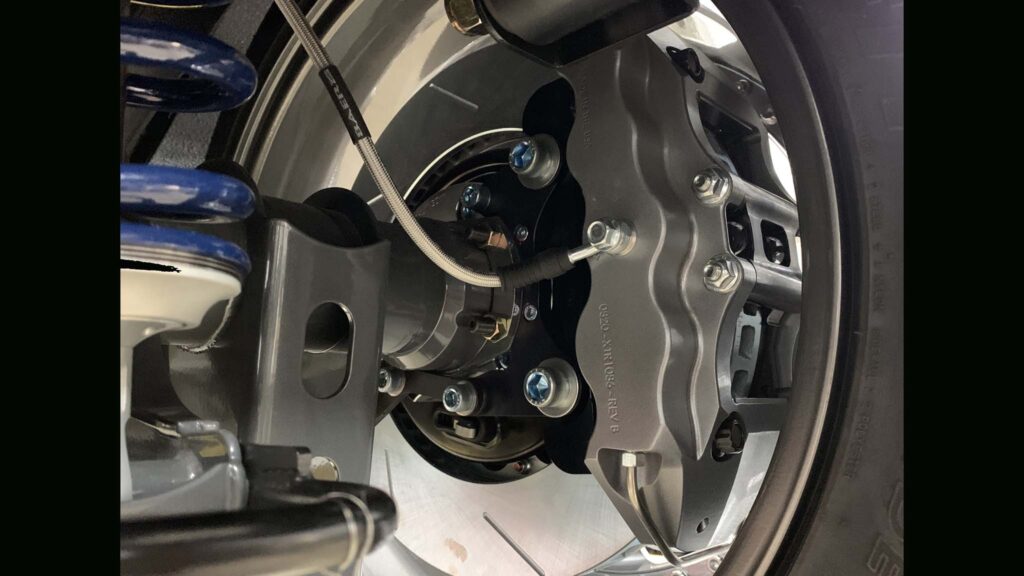
Larger wheels allow for larger brake systems, which can significantly improve stopping power. This is particularly important for:
- Heavy-Duty Trucks: If your truck is frequently towing or carrying heavy loads, better braking performance is crucial.
- Off-Road Applications: Trucks that tackle extreme terrain benefit from enhanced brake cooling and performance.
- Performance-Oriented Builds: High-performance trucks with powerful engines often require upgraded brakes to handle the extra speed and power.
A larger wheel size makes it possible to install big brake kits with enhanced rotors and calipers, leading to improved heat dissipation and shorter stopping distances.
Enhanced Off-Road Performance (In Certain Cases)

For off-road enthusiasts, larger wheels—when paired with the right tires—can provide advantages in specific conditions:
- Rock Crawling: A larger diameter wheel can support oversized off-road tires, increasing ground clearance and reducing the risk of bottoming out.
- Mudding & Sand Driving: Bigger wheels allow for taller tires with deeper treads, improving traction in soft terrain.
- Trail Riding & Overlanding: Larger wheels help create a smoother ride over rough trails, especially when matched with high-profile off-road tires.
However, the key is proper pairing—simply increasing wheel size without the right tires can negatively impact off-road performance.
Cons of Larger Wheels
Increased Cost
While larger wheels add undeniable style and can even enhance performance in certain ways, they also come with a set of drawbacks that every truck owner should carefully consider. For starters, the cost can quickly escalate. Upgrading to larger wheels isn’t just a matter of swapping out rims; it often requires the purchase of new tires—typically at a premium over standard sizes—and may also necessitate additional modifications, such as lift kits or fender trimming, to ensure everything fits properly. This extra expense doesn’t stop at the initial purchase, as replacing these larger tires down the road can also be more costly.
Reduced Fuel Economy
Fuel economy is another area where larger wheels tend to fall short. The increase in both weight and rolling resistance associated with bigger tires means that your engine has to work harder to maintain the same speeds, ultimately reducing overall fuel efficiency. While the exact numbers vary depending on your truck’s configuration and driving conditions, many drivers notice a measurable drop in miles per gallon, which can add up over time, especially for those with long commutes or heavy towing needs.
Impact on Ride Quality
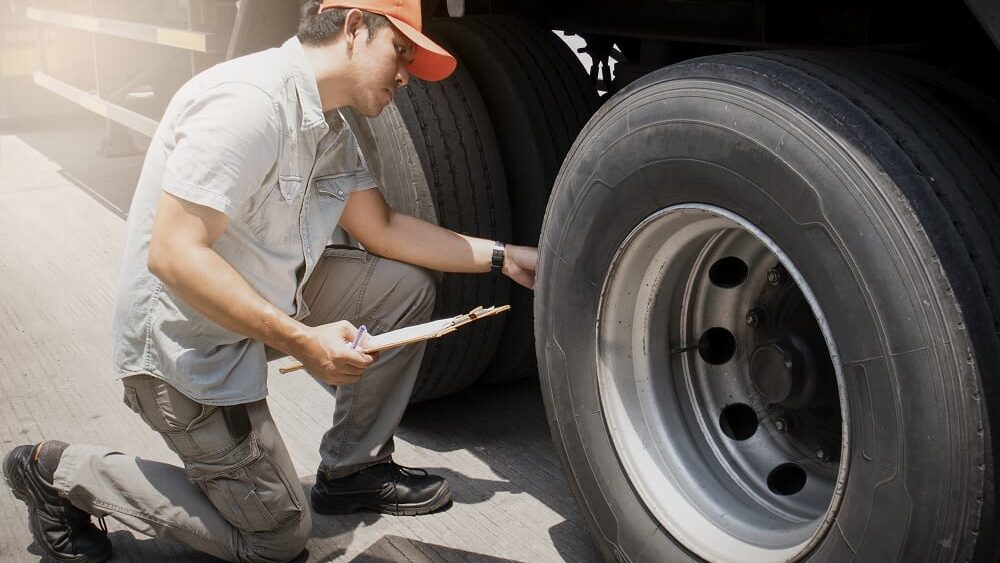
Ride quality can also suffer with the move to larger wheels. Thinner sidewall tires, which are typically paired with these wheels, offer less cushioning than their higher-profile counterparts. This reduction in cushioning can lead to a harsher ride, with more road noise and vibration making every drive feel less smooth. Some drivers try to offset these effects by tuning their suspension systems, but even then, the changes in ride quality are often noticeable.
Potential for Mechanical Issues
Beyond comfort and cost, there are mechanical implications to consider as well. Larger wheels and tires can place additional stress on various components of your truck, including the suspension, bearings, and axles. Improper fitment might even lead to rubbing or clearance issues, which can be both dangerous and expensive to fix. Ensuring that the wheels have the correct offset and backspacing is critical to avoid these potential problems.
Reduced Acceleration and Performance
Performance in other areas can be impacted too. The added rotational mass of larger wheels can result in slower acceleration and a slight decrease in overall vehicle performance. This effect, coupled with changes to gear ratios, can alter the driving dynamics of your truck. Some owners opt to recalibrate their ECU to help compensate, but this is an extra step—and expense—that must be taken into account.
Increased Wear On Other Components
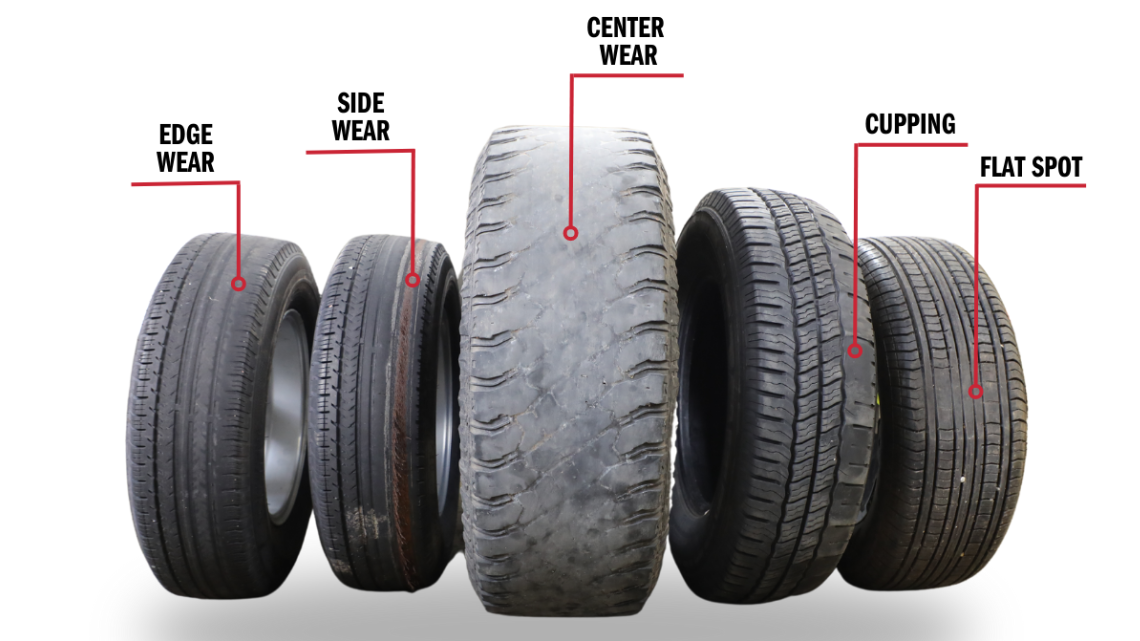
Finally, the extra weight and altered dynamics of larger wheels can lead to increased wear on several components over time. Steering parts, ball joints, and even brake components can experience accelerated deterioration, which not only leads to more frequent maintenance but could also compromise the long-term reliability of your truck.
Considerations and Recommendations
While larger wheels can elevate both the style and performance of your truck, making the right choices is essential to avoid unnecessary costs and complications. Proper fitment, suspension modifications, and tire selection all play a role in ensuring a smooth transition to larger wheels. Taking a strategic approach will not only enhance the look of your truck but also help maintain drivability, comfort, and safety.
Proper Fitment
One of the biggest mistakes truck owners make when upgrading wheels is overlooking proper fitment. Wheel offset, backspacing, and tire size must be carefully measured to ensure the new setup doesn’t interfere with the suspension or bodywork. An incorrect offset can cause wheels to stick out too far or rub against the fenders, while improper backspacing can lead to clearance issues with suspension components.
Professional installation and alignment are highly recommended to prevent uneven tire wear and handling problems. Many tire shops and customization centers offer fitment services, and online tools like wheel and tire calculators can provide a good starting point for choosing the right setup. When in doubt, consulting a professional installer can save time and money in the long run.
Suspension Modifications
Larger wheels often require adjustments to a truck’s suspension to maintain drivability and prevent rubbing. Lift kits, leveling kits, and even minor fender trimming may be necessary depending on the size of the wheels and tires being installed.
- Lift Kits: Essential for trucks running significantly larger wheels and tires, these kits provide additional clearance but can alter handling characteristics.
- Leveling Kits: A simpler modification that evens out the front and rear stance of a truck, creating space for slightly larger wheels without a full suspension lift.
- Fender Trimming: In cases where wheels make slight contact with fender liners or plastic trim, minor trimming can help avoid rubbing issues while preserving the truck’s factory suspension geometry.
Each modification affects the truck’s ride quality, so it’s important to find a balance that meets both aesthetic and performance goals.
Tire Selection
Choosing the right tires is just as important as selecting the right wheels. The type of tire you choose will significantly impact your truck’s handling, comfort, and performance.
- All-Terrain Tires: A solid choice for daily drivers who want a mix of on-road comfort and off-road capability.
- Mud-Terrain Tires: Best for off-road enthusiasts who need maximum traction in mud, sand, and rocky conditions but come at the cost of on-road comfort and noise.
- Street/Performance Tires: Ideal for trucks that spend most of their time on pavement, offering improved handling and a quieter ride.
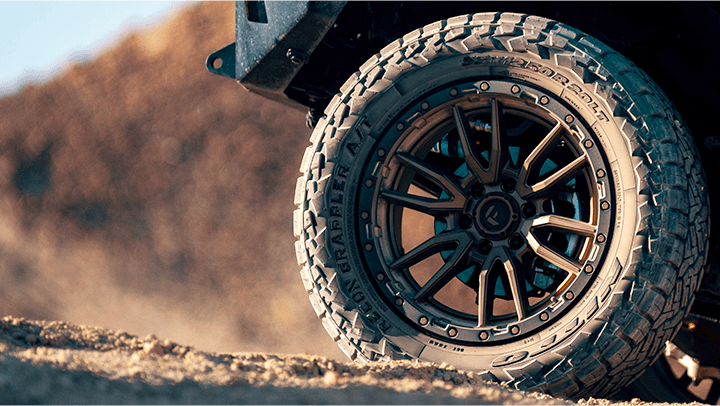
Additionally, tire aspect ratio (sidewall height) plays a crucial role in ride comfort. Lower-profile tires may look aggressive, but they transmit more road imperfections to the driver, leading to a rougher ride. Those who prioritize comfort should consider a more balanced tire size that provides some cushioning.
Budgeting
A common pitfall for truck owners upgrading to larger wheels is underestimating the total cost of the modification. Beyond the cost of the wheels themselves, additional expenses often include:
- New Tires (which can be significantly more expensive in larger sizes)
- Installation Fees (mounting, balancing, and professional alignment)
- Suspension Modifications (if needed)
- Potential Future Costs (replacement tires, increased maintenance, fuel costs)
To avoid overspending, it’s best to plan ahead. Look for package deals from reputable tire and wheel retailers, and consider shopping during seasonal sales or promotions. Additionally, avoiding ultra-trendy or highly specialized wheel designs can help keep costs manageable while still achieving a custom look.
Conclusion
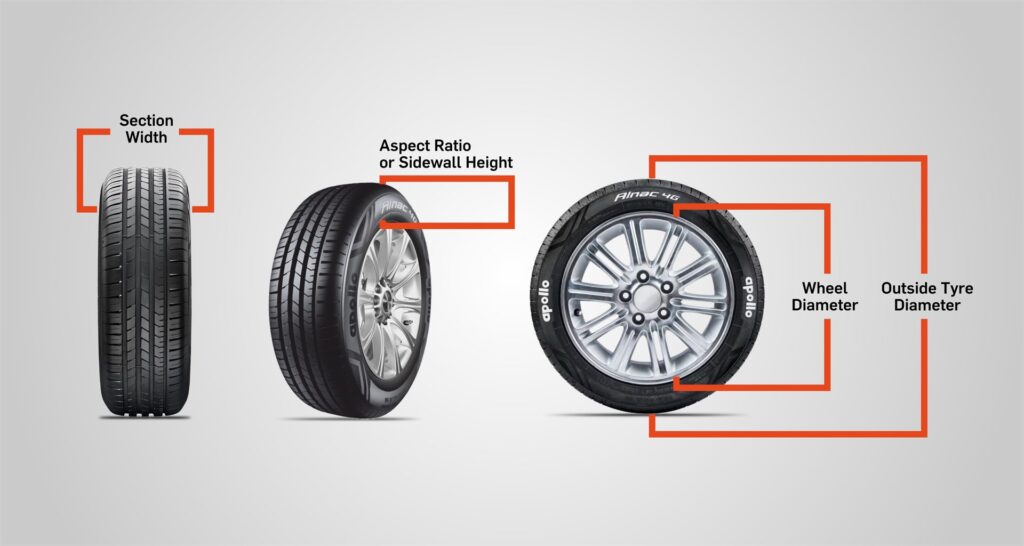
Larger wheels can transform the appearance of a truck, enhance handling in certain conditions, and even improve braking performance. However, they also come with trade-offs, including increased costs, potential mechanical strain, and changes in ride quality and fuel economy.
Before making the switch, truck owners should carefully weigh the pros and cons based on their driving habits, budget, and long-term goals. A well-planned upgrade that considers proper fitment, tire selection, and potential modifications will help ensure that larger wheels enhance both the aesthetics and functionality of the truck.
